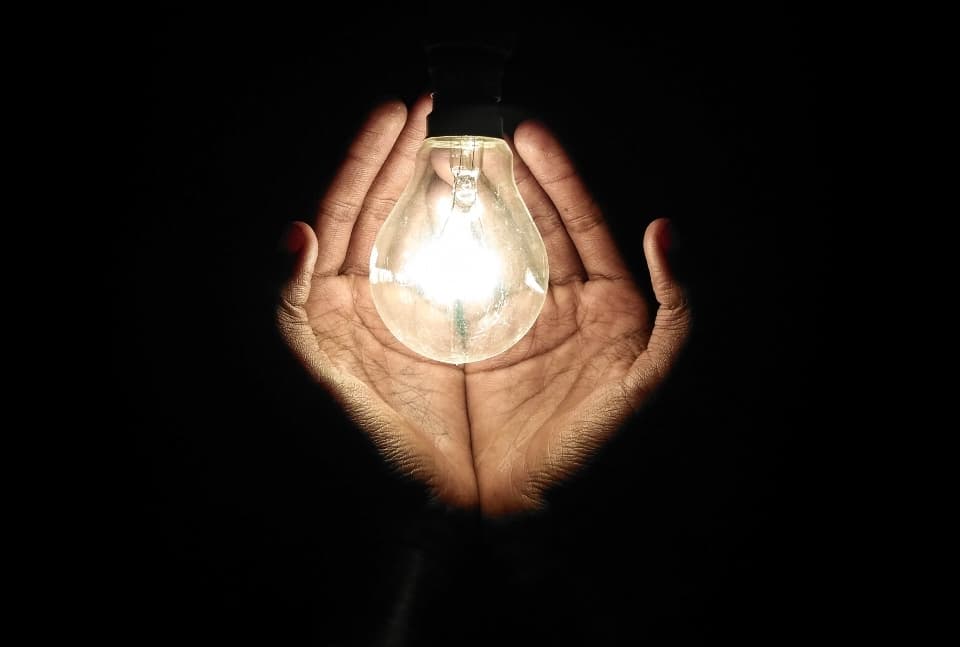Lights Out: End of an Era Is Nigh as Ban on Incandescent Light Bulbs Looms
Beginning August 1, Americans will be forced to pay up to three times as much for LED light bulbs regardless of whether they want to.

American consumers accustomed to the warm sun-like glow of incandescent light bulbs — a fixture in most homes for more than a century — are in for a shock this summer when they find that those familiar 60- and 100-watt mainstays are no longer available. The Biden administration has declared them illegal as of July 31, 2023.
Beginning August 1, Americans will be forced to pay up to three times as much for LED light bulbs regardless of whether they want to. Along with the old-school light bulbs, a number of other products and experiences that depend on the heat generated by incandescent bulbs also will go away. Remember lava lamps? They’re never coming back. Easy-bake ovens? Done. Ever bask in the warmth of a reading lamp in an overstuffed armchair with a favorite book? Never again.
The new rules were announced by President Biden’s Department of Energy in 2022 but take effect later this year, and they were adopted in the name of energy efficiency and curtailing climate change. Halogen bulbs and compact fluorescent lights will also be banned because of their mercury content.
“By raising energy efficiency standards for lightbulbs, we’re putting $3 billion back in the pockets of American consumers every year and substantially reducing domestic carbon emissions,” the secretary of energy, Jennifer Granholm, said. “The lighting industry is already embracing more energy efficient products, and this measure will accelerate progress to deliver the best products to American consumers and build a better and brighter future.”
The new rules were due to take effect in January 2020 under laws passed in 2007 during the administration of President George W. Bush. The Trump administration blocked the rule, stating that it wanted “to protect consumer choice by ensuring that the American people do not pay the price for unnecessary overregulation from the federal government.” Mr. Biden reversed course once more, and now the die is cast.
The LED light bulbs being forced on Americans are unquestionably more efficient than the older incandescent ones, using 75 percent less electricity and lasting much longer. The energy department says the average 60-watt incandescent bulb burns for about 1,000 hours and costs about $6 to power over that time at average residential electric rates. An equivalent LED bulb lasts about 25,000 hours and costs just over a dollar and a quarter to power.
The LED lights do have their critics. For one thing, many LED bulbs are incompatible with the dimming switches in most homes. The switches will need to be replaced if a homeowner wants to be able to dim the lights for a romantic dinner or other such interlude. Some brands of LED light bulbs are not dimmable at all regardless of the switch.
Many of the LED bulbs also work poorly in enclosed light fixtures, the ceiling-mounted glass globes in many hallways and bathrooms. LED light bulbs are electronic devices that release heat, just not nearly as much as incandescent ones. With no way to dissipate that heat in an enclosed space, the lifespan of the LED bulbs drops considerably.
Researchers in Europe have even suggested that the blue light and occasional flickering emitted by LED lighting might be dangerous for humans and animals over long periods of time. They report that blue light suppresses the production of melatonin, the hormone that regulates sleep patterns in humans and other animals, and may contribute to the macular degeneration that erodes the eyesight of people over the age of 50.
For still others, the white light emitted by LED light bulbs is just “off.” In a recent essay in New York magazine, author Tom Scocca described his disappointment with the new technology under the headline “The New Light is Bad.” Mr. Scocca said he is encountering more and more people who agree with him that something about the light emitted by LED light bulbs is “wrong.”
“There is a world, almost within reach, in which LED lighting could be aesthetically fabulous,” he writes. “But right now, it’s one more thing that overpromises and under-delivers. What we’re starting to glimpse is a new phase in which good light, once easy to achieve and available to everyone, becomes a luxury product or the province of technological obsessives. The rest of the world will look a little more faded.”

